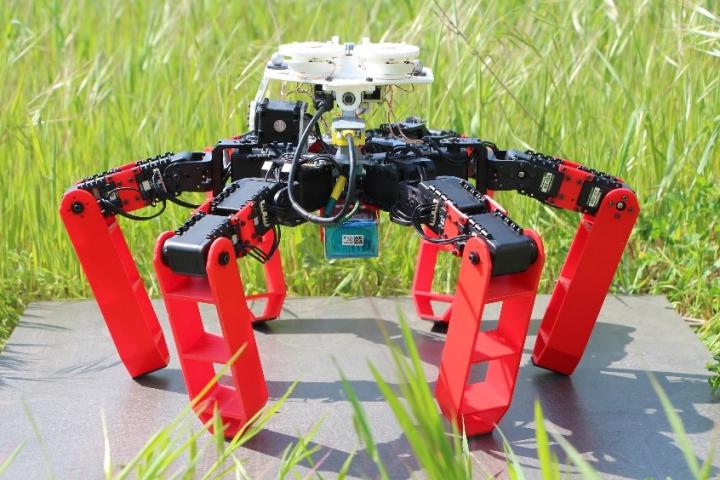
What do you get if you cross Boston Dynamics and Ant-Man? You get Antbot, a robot from the French National Center for Scientific Research (CNRS) which uses ant-like navigation to move around without the aid of GPS.
While navigation might seem like a simple task, but in practice, like a lot of areas of robotics, it is much harder to achieve than you would think. Most approaches to navigating robots use GPS which is a very well established technology. However, it is prone to drift, making it inaccurate on small scales and is not available in all areas, for example in heavily wooded terrain where trees block signals from satellites. The CNRS researchers decided to take inspiration from nature to solve this problem and looked at the way ants navigate their environments.
Cataglyphis desert ants face a particular challenge: they need to cover large distances to find food, and they cannot use pheromones for navigation because the desert temperatures are too high. And yet they are able to cover hundreds of meters in baking direct sunlight to find food and then return in a straight line without getting lost. They achieve this by measuring their heading using polarized light from the sky as a kind of “celestial compass,” and gathering information on the speed of their movement based on steps taken and their movement relative to the sun. With information on heading and distance, they can navigate flawlessly.
Similarly, Antbot uses an optical compass that detects polarized light to determine its heading and an optical movement sensor to measure its distance. This allows the bot to explore complex environments, like the ants, and to always be able to return home safely to its base. Having covered 14 meters (46 feet), the bot made its way home with 1 cm precision (0.4 inches).
The bot has six legs to allow it to move over rugged terrain, making it suited to visit areas where wheeled robots would struggle. The researchers hope that it could eventually be used for assessing disaster areas or even exploring extraterrestrial soils.
The study is published in the journal Science Robotics.




